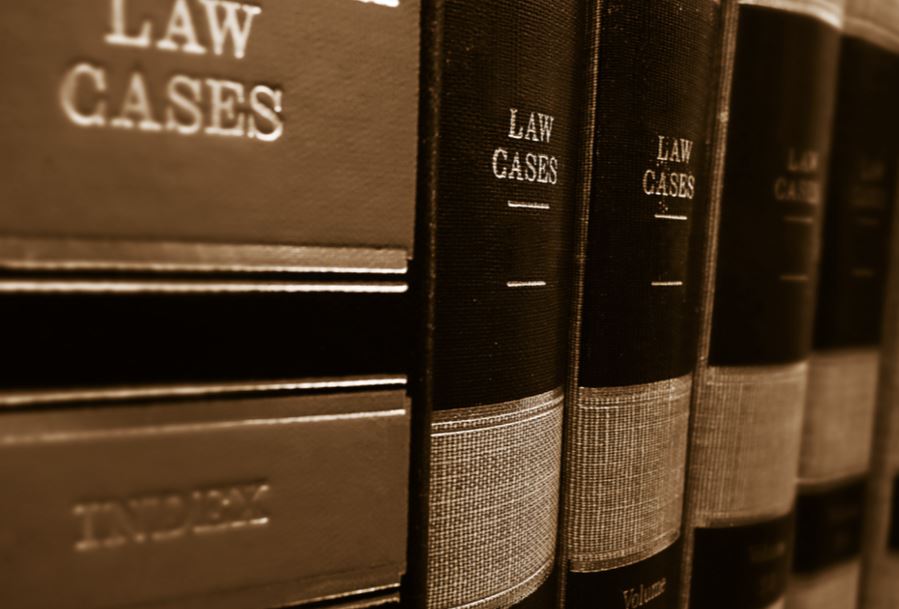ENRIQUE LEON HERNANDEZ V EMRE ACAR, EUI LIMITED [2019] EWHC 72 (QB)
This case covers how responsibility for a road traffic accident can be split between the driver of a vehicle who pulls out with an obstructed view and the driver of a speeding vehicle.
The case facts
On the 28th June a crash occurred in Hackney, East London, when Mr Acar, who was driving a car, emerged from Redruth Road onto Victoria Park Road and into the path of a motorcycle ridden by Mr Hernandez. There were parked cars on either side of the road from which the car was emerging, meaning the view of the driver was obstructed.
Mr Hernandez’s motorcycle came into contact with the car’s front offside wing. Mr Hernandez was unseated and thrown 12 to 30 metres forward. His motorcycle collided with the rear bumper of a parked car on the north side of Victoria Park Road.
Unfortunately, Mr Hernandez sustained life-changing injuries and was rendered paraplegic as a result of the collision.
CCTV on the first floor of a nearby property proved helpful in providing evidence of the accident’s circumstances.
Mr Hernandez brought a personal injury claim against Mr Acar’s insurers, however, Mr Acar also counter-claimed for his injuries.
The court’s conclusion
Evidence revealed that Mr Hernandez had been travelling at 50mph in a 30mph zone when the crash occurred.
Mr Acar had emerged from a junction when it was unsafe to do so, as his view was partially obstructed. Highway Code rule 170 warns drivers to take extra care at junctions and to watch out for cyclists, motorcyclists, mobility scooters, pedestrians etc, as they are not always easy to see. Highway Code rules also relevant to the case included:
- 171.You must stop at a junction clearly marked with a white line, stop sign, etc, you must wait for a safe gap in traffic.
- 172.If a junction has a give way sign or marked triangle on the road, then you must give way to oncoming traffic on the road before emerging.
The court found that the blame was split – the motorcyclist was 40% to blame and the car driver was 60% to blame. Although the motorcyclist was travelling above the speed limit, he only was given 40% blame.
The judge decided the split responsibility due to several reasons. Firstly, the speed that Mr Hernandez was travelling was negligent and partially causative of the accident. Secondly, Mr Acar was also negligent for not checking it was clear first and then, because he had an obstructed view, pulling out slowly enough to check again and be able to stop. Lastly, the judge concluded that, although the Highway Code and case authorities place emphasis on the duty of the motorist emerging from minor roads to take care, Mr Hernandez had been travelling at nearly twice the speed limit for the road, a completely unreasonable speed for the conditions.
The court then considered ‘causative potency’, which generally means the blameworthiness of each party and importance of their acts in causing the damage. In collisions with other motor vehicles, motorcyclists are more liable to sustain significant injury. Because of this vulnerability, courts will often hold other drivers to a higher responsibility if their conduct causes a collision with a motorcycle – as they have the potential to do more damage to the motorcyclist. This influenced the court’s assessment in this case, and they determined that Mr Acar should take a greater share of liability. But they also recognised that Mr Hernandez’s speeding contributed to his own injuries and losses and, because he was deemed 40% liable, this had the effect of reducing the damages he received by 40%.
Further Reading
From one of the UK’s most read legal blogs.








